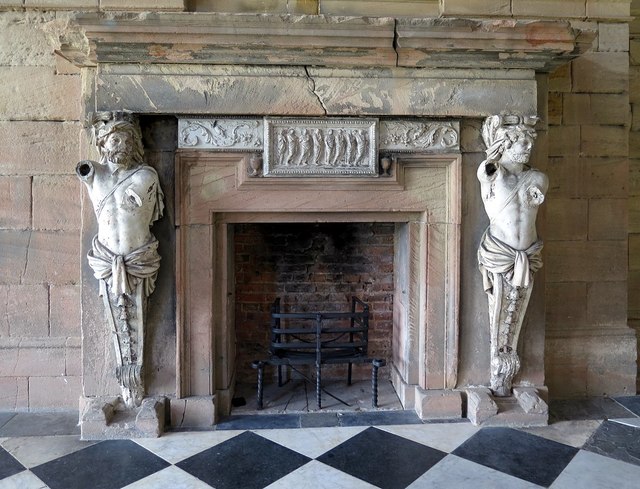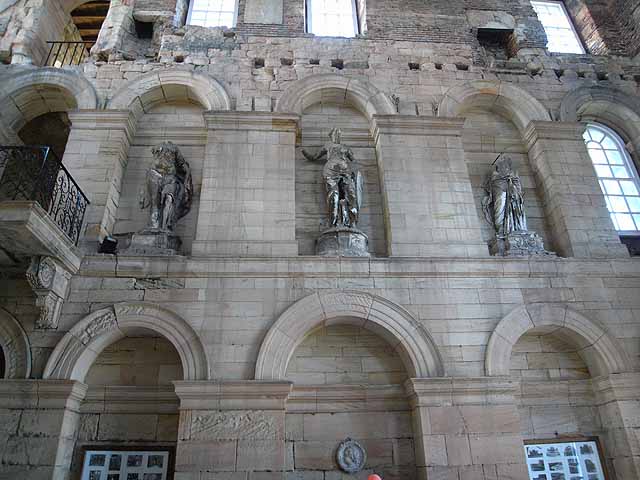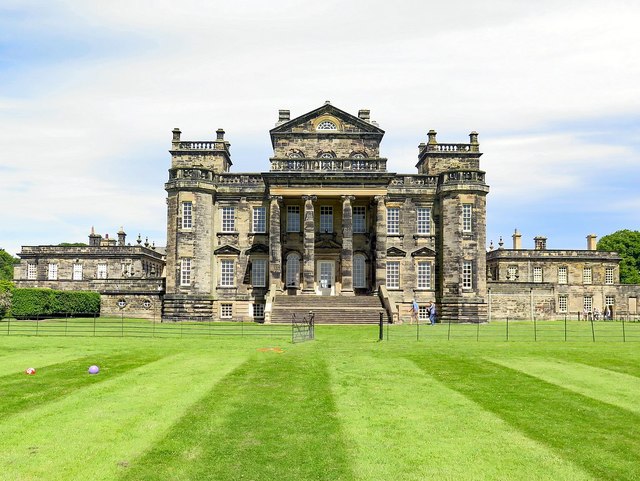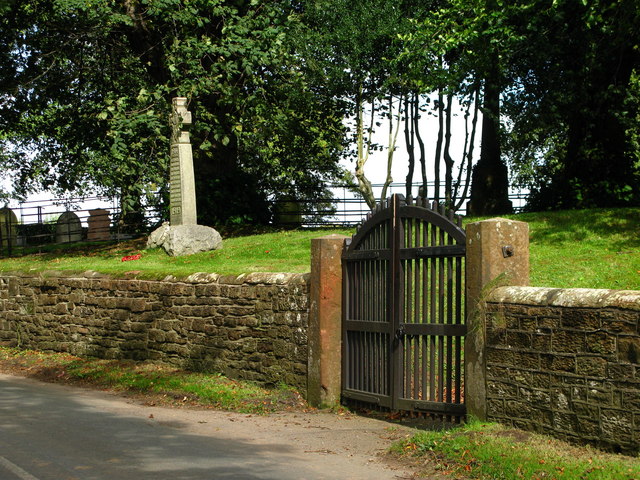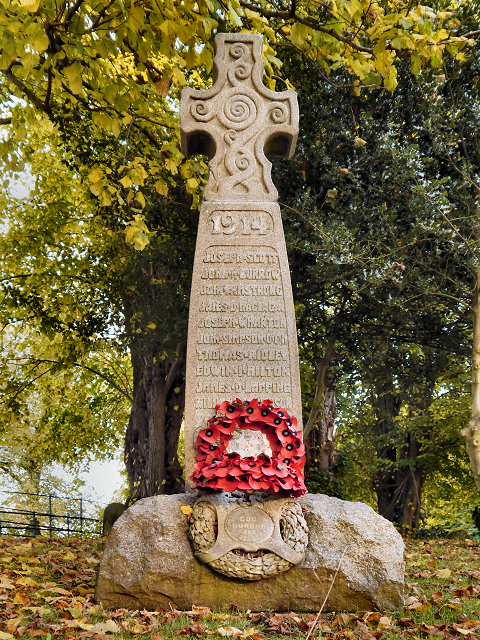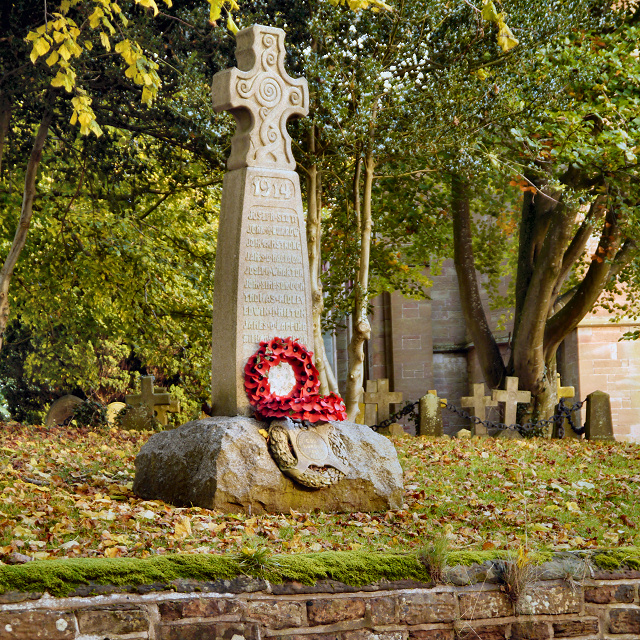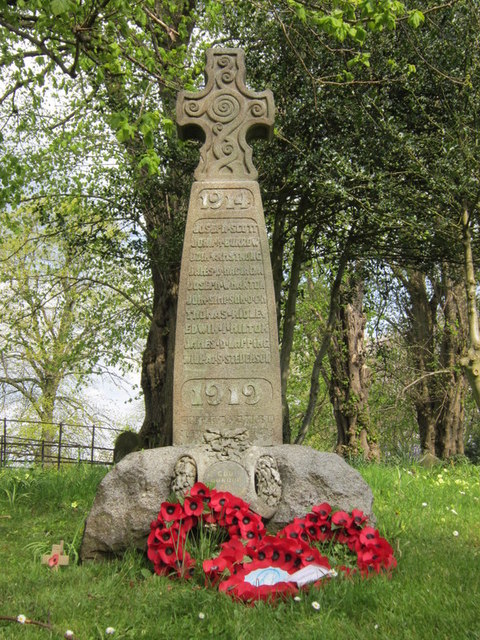Fireplace, Seaton Delaval Hall

-
Description
"The stone fireplaces on the east and west sides of the great hall are supported by telamons (figures used as columns, the male equivalent of caryatids). The hall is paved with black and white marble. The size of the fireplaces was clearly inadequate to warm the huge, high space of the draughty north-facing hall. It was a jackdaw nest in a chimney which is believed to have been the cause of a blaze in 1822 which gutted the central block of Seaton Delaval Hall. At dusk on January 3, 1822, sailors off the Whitley Bay coast noticed that the sunset seemed unusually brilliant. It was the Seaton Delaval Hall fire. A newspaper report read: “Every endeavour to preserve the body of the building was unavailing; nothing but the bare walls being left standing. The fire is generally supposed to have originated in a chimney which had been rendered foul by birds having built their nests in it, and that hence the fire was communicated to a rafter fixed to the chimney.” The Central Hall, with its fire-damaged statues, has been a shell ever since. During repair and restoration work on the Great Hall in 2014, around 20 new nests, containing 30 jackdaw chicks, were found delaying work until they had fledged. The chimneys are now capped. http://www.chroniclelive.co.uk/news/north-east-news/jackdaws-leave-seaton-delaval-hall-7253968" Photo by Andrew Curtis, 2016. -
Owner
Andrew Curtis -
Source
Geograph (Geograph) -
License
What does this mean? Creative Commons License
-
Further information
Link: http://www.geograph.org.uk/photo/5611917
Resource type: Image
Added by: Simon Cotterill
Last modified: 6 years, 4 months ago
Viewed: 577 times
Picture Taken: 2016-07-16 -
Co-Curate tags
